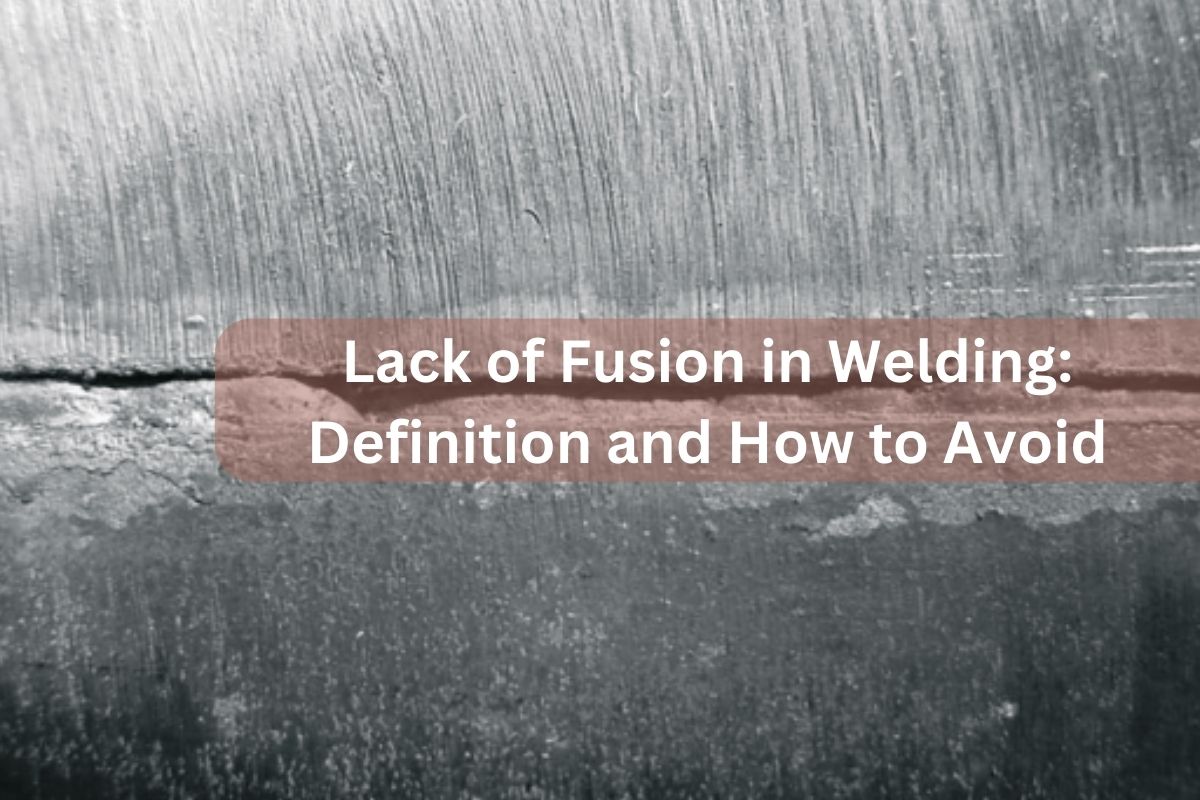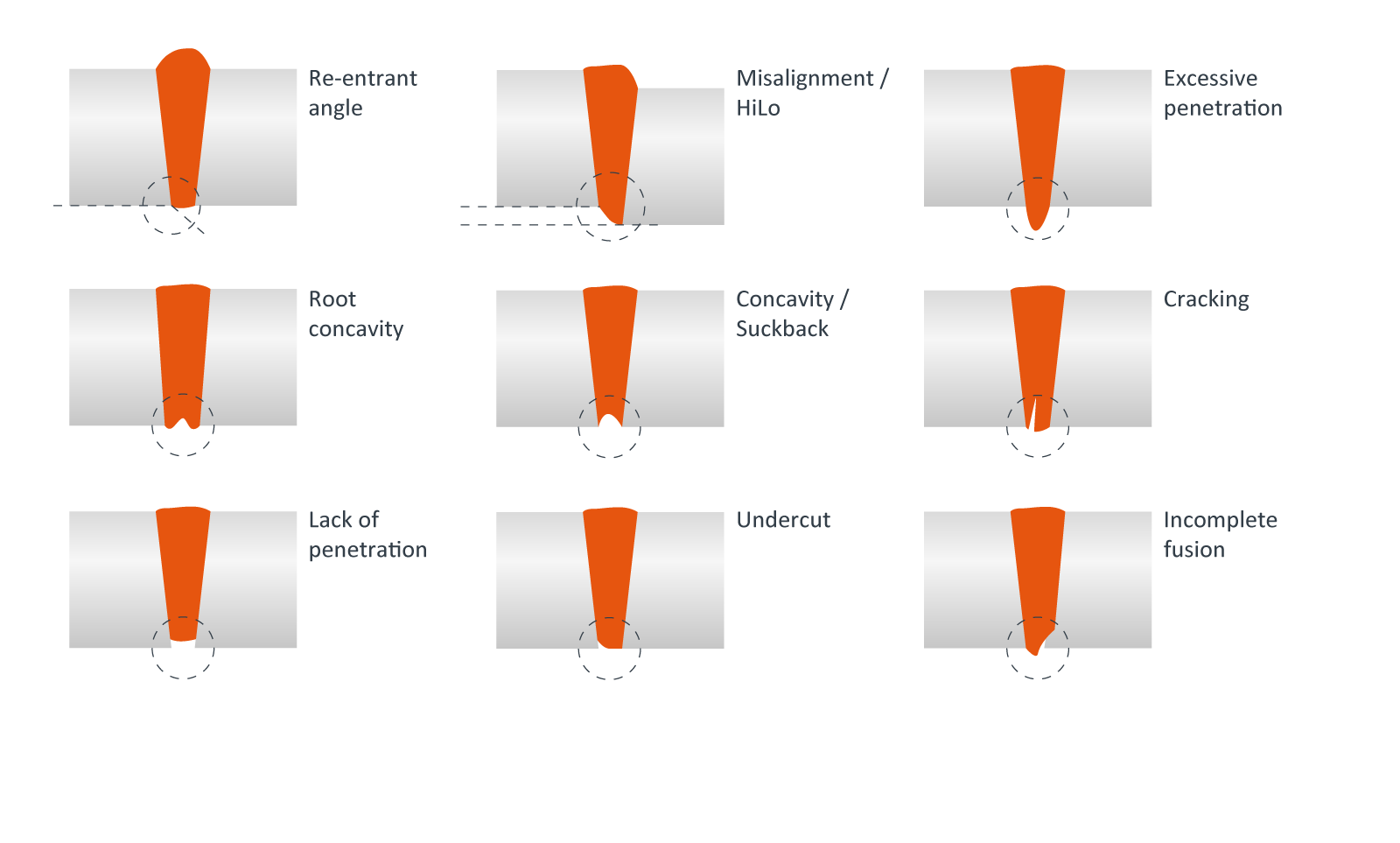Preventing Weld Undercut Made Easy: Secret Techniques Introduced
Preventing Weld Undercut Made Easy: Secret Techniques Introduced
Blog Article
Necessary Tips for Welders: Preventing Undercut Welding and Ensuring Stronger Weld Joints
In the world of welding, achieving solid and resilient weld joints is the keystone of generating top notch job. One typical obstacle that welders often come across is undercut welding, which can jeopardize the integrity of the weld joint.

Understanding Undercut Welding
Undercut welding is an usual welding problem that happens when the weld metal stops working to properly load the groove and causes a groove-like anxiety along the weld bead. This issue weakens the weld joint, making it susceptible to fracturing and failing under anxiety. Damaging can be caused by various variables, consisting of too much welding current, high welding speed, incorrect electrode angle, inaccurate electrode size, and poor welding method.
One of the primary reasons for undercut welding is a discrepancy in between the welding present and the welding rate. If the welding current is too expensive or the welding rate is as well quick, the weld steel may not adequately load the groove, resulting in undercutting. Additionally, using an electrode that is also big can lead to a comparable end result, as the excess steel can not appropriately move right into the groove.
To avoid undercut welding, welders should ensure they are utilizing the correct welding specifications, preserve an appropriate electrode angle, pick the ideal electrode dimension, and practice appropriate welding techniques. By dealing with these aspects, welders can decrease the danger of damaging and produce more powerful, a lot more reliable weld joints.
Appropriate Welding Method
Effective welding strategy plays a crucial function in making sure the top quality and integrity of weld joints. Appropriate welding method includes a combination of adherence, skill, and accuracy to best practices. One fundamental aspect of correct welding technique is preserving the correct angle and range in between the welding gun and the workpiece. Welders need to also pay attention to the travel rate and warm input to avoid problems like damaging, porosity, or insufficient blend.
In addition, a consistent and consistent hand movement is crucial for producing strong and durable weld joints. Welders should go for smooth, uniform motions to ensure even circulation of the weld product. Appropriate control of the welding gun and filler product is likewise vital to attaining ideal penetration and combination.
Furthermore, controlling the warmth input and selecting the ideal welding parameters based on the material being bonded are critical consider achieving high-quality welds - Preventing weld undercut. Welders should adhere to the advised settings supplied by welding procedure specs and readjust them as needed based on the specific requirements of the job. By mastering correct welding techniques, welders can dramatically enhance the stamina and dependability of their weld joints
Picking the Right Electrode
When thinking about the value of choosing the best electrode in welding applications,Maintaining the correct angle and distance between the welding weapon and the workpiece is fundamental. The selection of electrode plays a critical function in establishing the quality and toughness of the weld joint. Electrodes can be found in different types, each created for details purposes and materials.
To start with, selecting the appropriate electrode diameter is vital. Thinner electrodes are appropriate for welding slim materials, while thicker electrodes are better for thicker materials and greater i loved this heat applications. Matching the electrode size to the thickness of the work surface assists attain a balanced weld.
Second of all, understanding the product composition of the electrode is essential. Different electrodes are designed for welding specific materials like steel, stainless steel, aluminum, or cast iron. Utilizing the appropriate electrode material makes sure great fusion and minimizes the threat of problems in the weld.
Lastly, thinking about the welding setting and strategy is essential when choosing the electrode kind. Certain electrodes are better fit for overhanging or vertical welding settings, while others function well for level or straight placements. Choosing the best electrode based on the welding technique improves the general weld high quality and stability.
Preparing the Base Metal
To make certain a successful welding procedure, what first steps should be taken when preparing the base metal for welding? In addition, any existing weld product or deposit from previous welding ought to be resource gotten rid of to make sure a tidy surface area for the new weld.

Conducting Post-Weld Assessments

After conducting these analyses, welders need to contrast the outcomes versus market standards and job demands to make certain that the weld joint fulfills all required standards. Any type of variances or inadequacies uncovered throughout the post-weld inspection ought to be immediately addressed with suitable rehabilitative actions to ensure the weld's honesty. By vigilantly carrying out post-weld evaluations and immediately dealing with any type of issues, welders can maintain the quality and integrity of their work, ultimately adding to the safety and longevity of the bonded structures.
Conclusion

To conclude, stopping undercut welding and making certain stronger weld joints need a combination of appropriate welding method, choosing the right electrode, preparing the base steel appropriately, and conducting post-weld examinations. By recognizing the root causes of undercut welding and executing the required preventative measures, welders can produce high-grade weld joints that fulfill sector requirements and ensure the architectural honesty of the welded elements.
Undercut Click Here welding is a common welding issue that occurs when the weld metal stops working to correctly fill up the groove and results in a groove-like depression along the weld grain (Preventing weld undercut). Damaging can be created by various variables, including excessive welding present, high welding speed, improper electrode angle, incorrect electrode size, and poor welding strategy
One of the primary factors for undercut welding is a discrepancy in between the welding existing and the welding rate. If the welding current is as well high or the welding speed is too fast, the weld metal might not appropriately fill up the groove, leading to damaging.Maintaining the correct angle and distance in between the welding gun and the workpiece is basic when considering the value of picking the appropriate electrode in welding applications.
Report this page